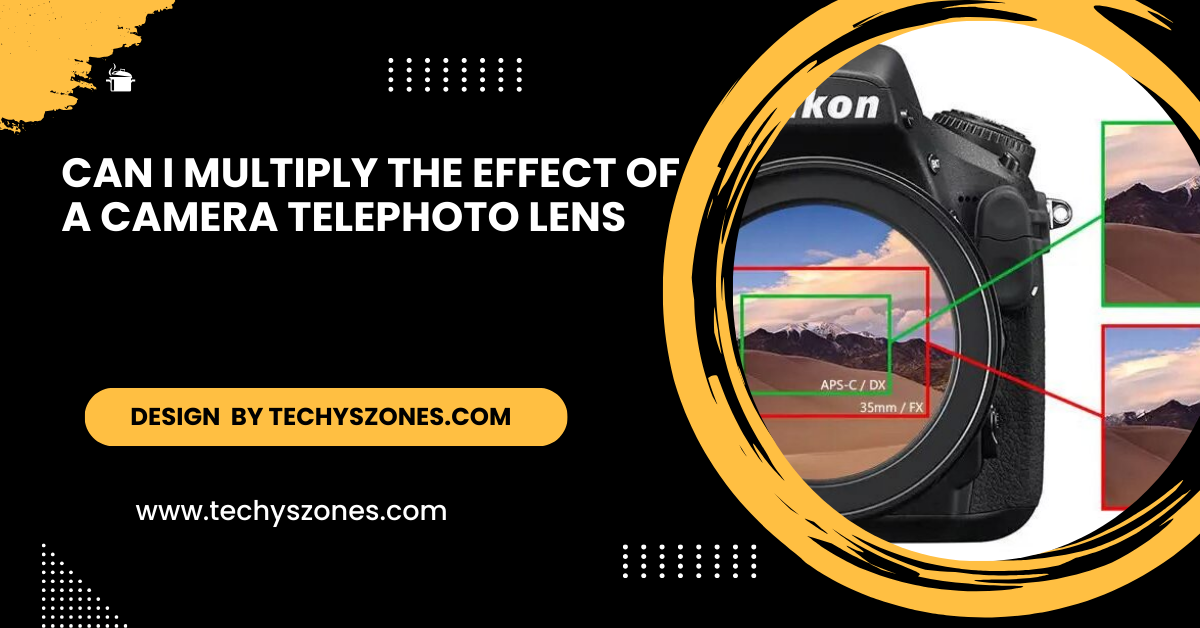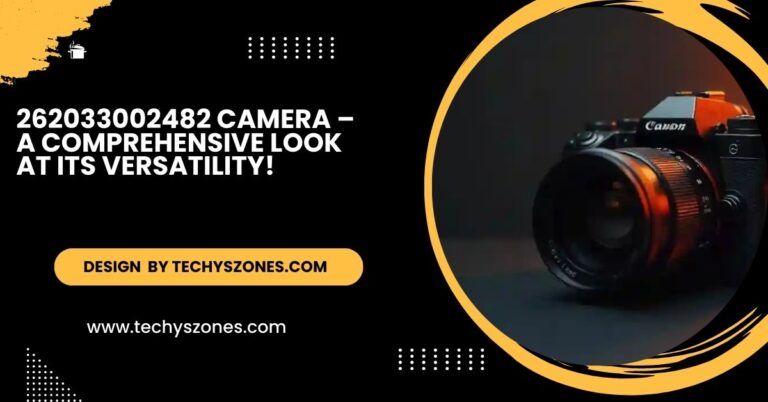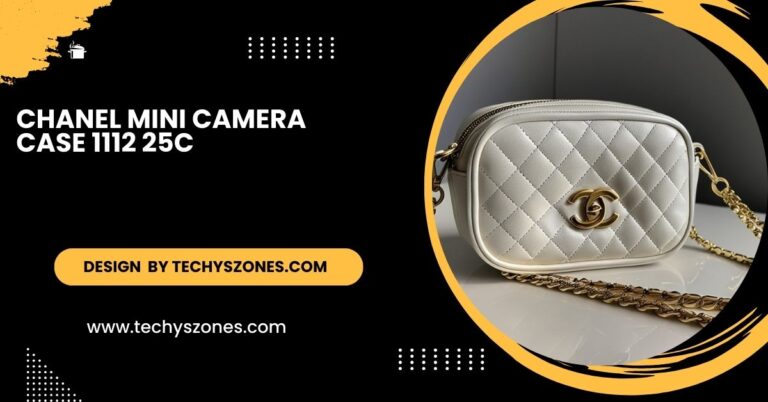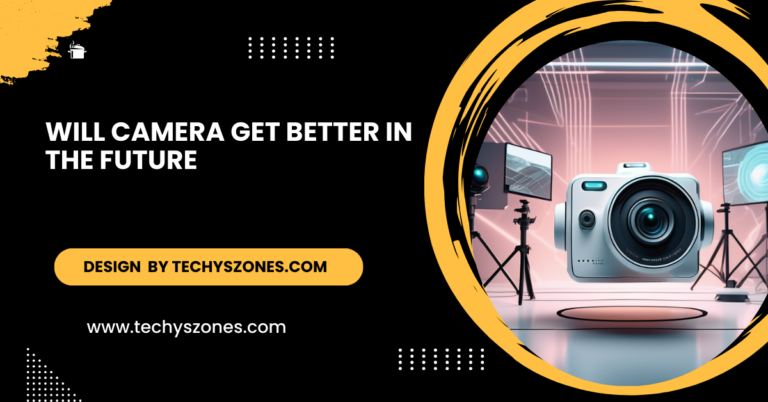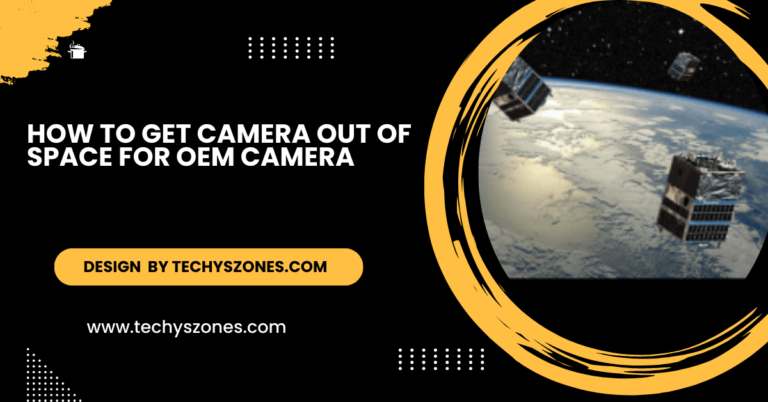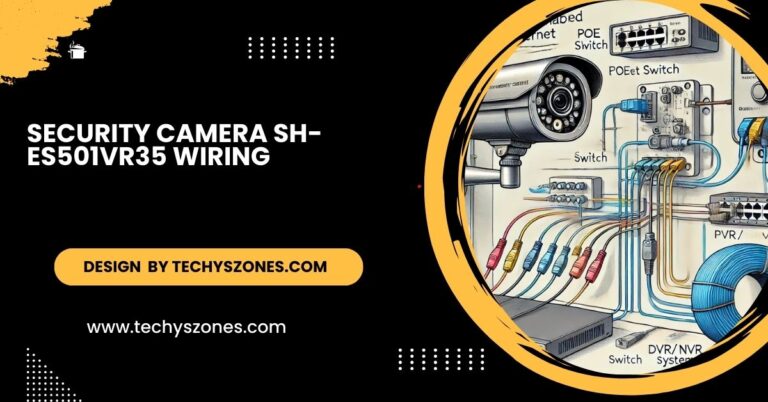Can I Multiply The Effect Of A Camera Telephoto Lens – Using Teleconverters And More!
Learn how to multiply the effect of a camera telephoto lens using teleconverters, crop sensor cameras, and digital zoom for better reach and clarity in your photography.
In this article, we explore how to multiply the effect of a camera telephoto lens using techniques like teleconverters, crop sensor cameras, and digital zoom. We explain the benefits and drawbacks of each method, providing practical tips for improving reach without compromising image quality.
Using Teleconverters: Multiply Your Focal Length Optically
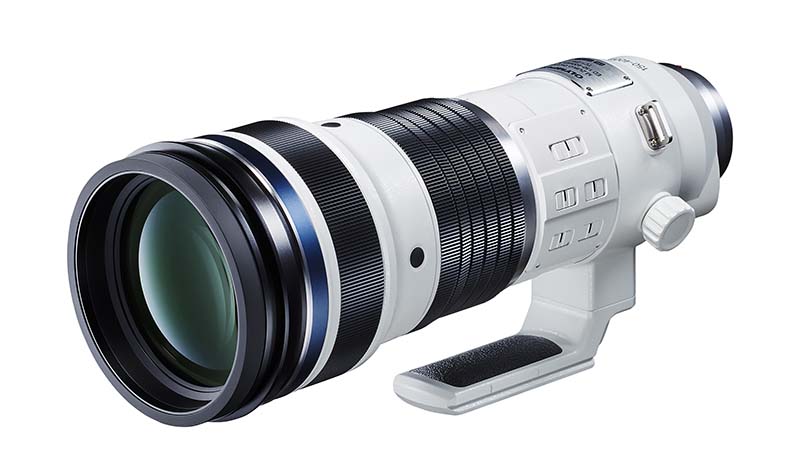
A teleconverter is a small accessory placed between the camera body and the lens. It’s like a magnifying glass for your lens, multiplying the focal length by a specific factor (1.4x, 2x, etc.).
How Teleconverters Work: Teleconverters are designed to fit specific lenses, typically prime lenses or higher-end zoom lenses. They work by magnifying the image, increasing the focal length without physically changing the lens.
- Example: A 300mm lens paired with a 2x teleconverter becomes a 600mm lens, doubling your reach.
Advantages of Teleconverters:
- Increased Focal Length: They significantly extend the lens’s reach, allowing you to zoom further into distant subjects.
- Cost-Effective: Purchasing a teleconverter is far cheaper than buying a longer telephoto lens.
- Portability: Teleconverters are compact and lightweight compared to extra lenses, making them an ideal travel companion.
Drawbacks of Teleconverters:
- Image Quality Loss: Some loss in sharpness, contrast, and resolution is possible. Higher magnification teleconverters (like 2x) may produce more noticeable quality loss.
- Reduced Aperture: A teleconverter reduces the lens’s effective aperture, resulting in less light entering the camera. A 2x teleconverter, for instance, reduces the aperture by two stops, turning an f/2.8 lens into an f/5.6 lens, which affects low-light performance.
- Autofocus Performance: Teleconverters can slow down autofocus speeds, and in some cases, autofocus may not work at all, especially in low light or with lenses that have narrower maximum apertures.
Best Practices for Using Teleconverters:
- Use with prime lenses or high-end telephoto zoom lenses for best results.
- Shoot in well-lit environments to compensate for reduced light intake.
- Stabilize your camera using a tripod or image stabilization to avoid camera shake, as the longer focal length makes capturing sharp images more difficult.
Digital Zoom: The Quick and Easy Option
Digital zoom is a feature found in most modern cameras, smartphones, and some mirrorless cameras. It works by cropping the image in-camera and enlarging it, mimicking the effect of a longer lens.
Advantages of Digital Zoom:
- No Additional Equipment: Unlike teleconverters, you don’t need any extra gear. Digital zoom is built into most devices, making it convenient for casual shooting.
- Instant Zooming: It’s quick and can be useful when you need to zoom in a pinch.
Drawbacks of Digital Zoom:
- Image Degradation: Since digital zoom crops the image, it reduces resolution and overall image quality. The more you zoom, the more noticeable the quality loss.
- Limited Use in Professional Photography: Serious photographers often avoid digital zoom because of the reduced clarity and detail.
Best Practices for Digital Zoom:
- Use sparingly, especially when you need high-resolution images.
- Try to shoot at the camera’s maximum optical zoom and use digital zoom only when necessary.
Crop Sensor Cameras: Naturally Multiply Your Lens
A crop sensor camera (APS-C or Micro Four Thirds) has a smaller sensor than a full-frame camera, and this results in a crop factor that multiplies the effective focal length of any lens you attach to it.
For instance, an APS-C camera with a 1.5x crop factor and a 200mm lens will give you the equivalent of a 300mm lens. The sensor doesn’t actually zoom in, but rather crops the field of view, simulating a longer focal length.
Advantages of Crop Sensor Cameras:
- Increased Reach Without Accessories: A crop sensor camera naturally multiplies your focal length without needing extra equipment.
- No Loss of Image Quality: Unlike digital zoom, a crop sensor doesn’t reduce the resolution of the image.
- Affordable Long Reach: APS-C and Micro Four Thirds cameras tend to be more affordable than full-frame cameras, giving you a cost-effective way to increase your zoom reach.
Drawbacks of Crop Sensor Cameras:
- Narrower Field of View: While the crop sensor increases reach, it also limits the field of view, which can be problematic in some types of photography.
- Low-Light Performance: Crop sensors generally don’t perform as well in low-light conditions as full-frame sensors.
Best Practices for Crop Sensor Cameras:
- Pair crop sensor cameras with longer telephoto lenses for optimal zoom.
- Shoot in bright conditions to get the best results.
Read More: Will Eufy Hub Work With Other Brand Cameras – Compatibility Breakdown!
Stacking Teleconverters: When More is Not Always Better
Stacking multiple teleconverters (such as combining a 1.4x and 2x teleconverter) can give you incredible reach, but this approach has significant drawbacks.
Advantages:
- Super-Extended Focal Length: Stacking allows you to reach extreme focal lengths, which can be useful for highly specialized photography like moonshots or distant wildlife.
Drawbacks:
- Image Quality Decline: Every additional teleconverter further reduces sharpness and contrast.
- Increased Light Loss: Stacking teleconverters severely limits light intake, making low-light performance almost impossible without a fast lens.
- Autofocus Challenges: Stacking teleconverters can greatly reduce or even disable autofocus, especially on lenses with smaller maximum apertures.
Best Practices:
- Use stacked teleconverters only with very bright lenses and in well-lit environments.
- Shoot in manual focus if autofocus becomes too slow or unreliable.
Additional Tips for Maximizing Telephoto Lens Performance:
- Use a Tripod or Stabilizer: The longer the focal length, the more sensitive the camera becomes to minor shakes. Always use a tripod, monopod, or image stabilization to ensure sharp images.
- Shoot in RAW: RAW files retain more detail and provide greater flexibility in post-processing, allowing you to enhance and sharpen your images even after some quality loss.
- Improve Your Technique: Mastering long-lens techniques, such as using proper hand-holding methods or adjusting your camera settings for higher shutter speeds, can make a significant difference in the final image quality.
- Check Compatibility: Not all lenses work with teleconverters, so make sure your lens and teleconverter are compatible before purchasing.
FAQ’s
1.What is a teleconverter?
A teleconverter is an additional lens that attaches to a camera lens to increase its focal length, effectively magnifying the subject.
2.Will a teleconverter affect image quality?
Yes, using a teleconverter can reduce image quality, sharpness, and brightness due to the additional glass elements.
3.Can I use any teleconverter with my lens?
No, teleconverters are specific to certain lens brands and types; always check compatibility before purchasing.
4.How much does a teleconverter multiply the focal length?
Teleconverters typically come in 1.4x, 1.7x, or 2x options, multiplying the focal length of the lens by that factor.
5.Does using a teleconverter change the aperture?
Yes, using a teleconverter will decrease the effective maximum aperture (e.g., a 2x teleconverter reduces the maximum aperture by two stops).
Conclusion
Multiplying the effect of a camera telephoto lens is achievable through several methods teleconverters, crop sensor cameras, and digital zoom being the most effective. Each comes with its trade-offs between cost, image quality, and convenience. For professional-quality results, teleconverters and crop sensor cameras offer the best balance between increased focal length and image clarity.

